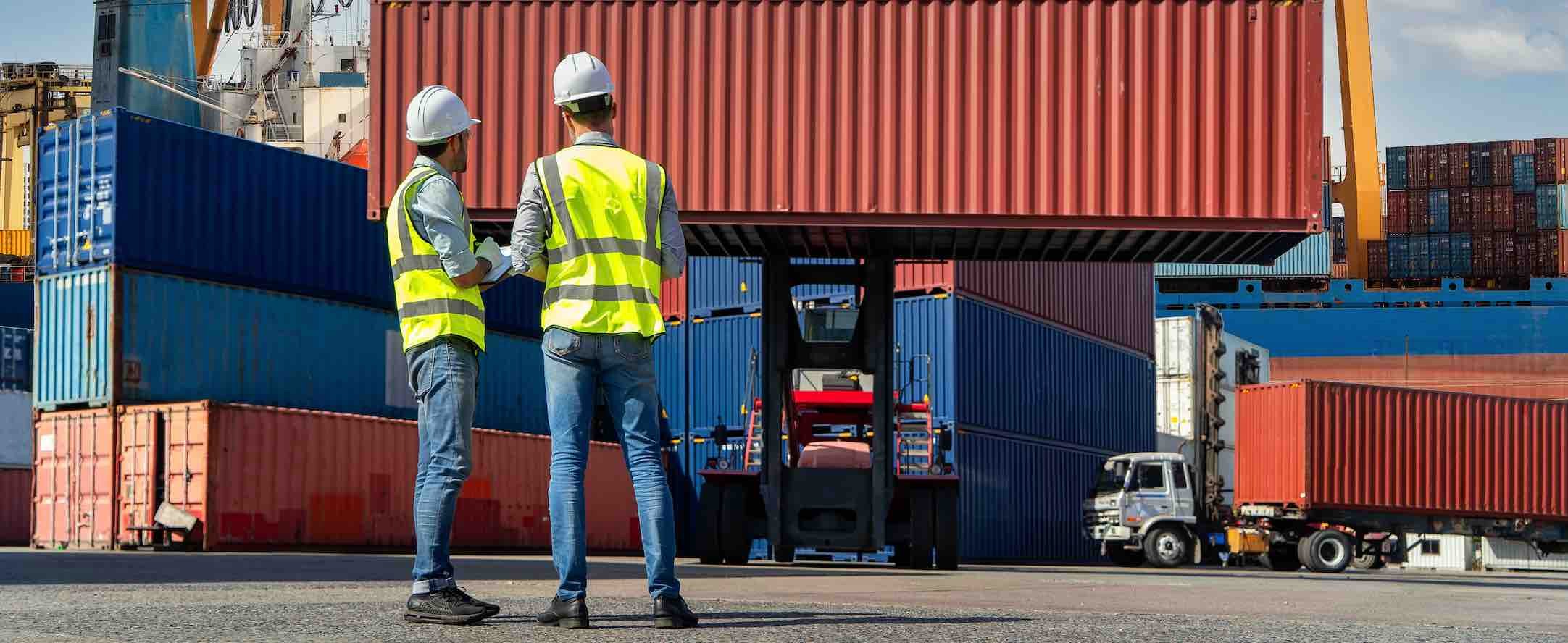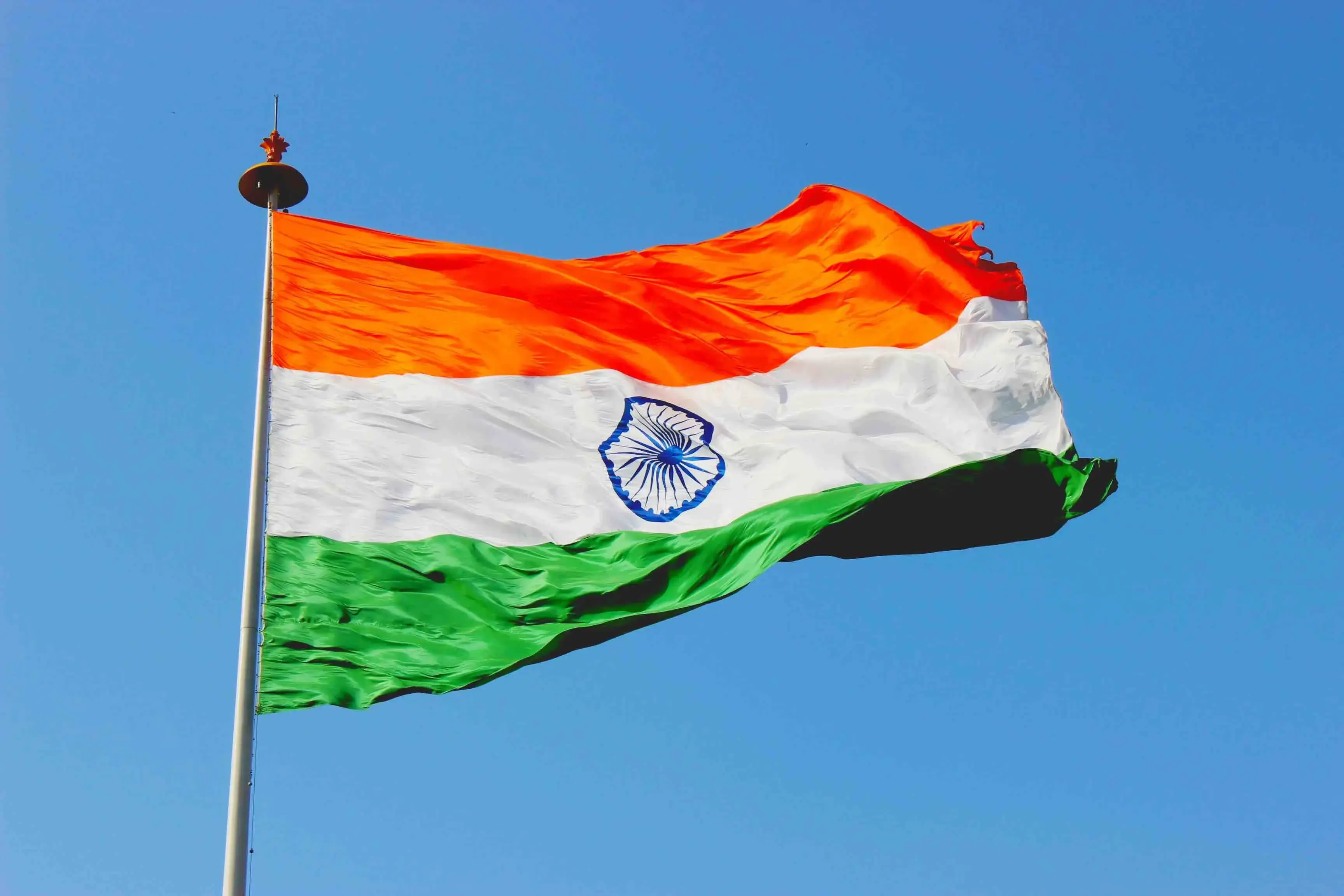Branch or distributor: Choose the best export entry mode
 Emmanuel Bisi
Emmanuel BisiAuthor
Published On
Many SMEs prefer to set up subsidiaries abroad, with a very high failure rate as a result. Claude Obadia, a professor at ESCE, has developed a simple decision-making system for choosing the best export mode based on three main criteria. What are the 3 main criteria?

Criteria 1: what control mechanisms can be put in place?
A company's ability to control, manage and lead its foreign distribution network is the first criterion when deciding how to enter a new market. Of course, this capacity will not be the same for a multinational or a start-up with no international experience.
For integrated export modes (subsidiaries), the control and management structure is much heavier and more costly, requiring in particular the sending of experienced and trusted expatriates (international management controllers), capable of representing the parent company's interests abroad, monitoring stocks, cash, contracts, brands, etc., and working in completely different legal, financial and tax environments.
Criteria 2: Which country do you want to export to?
The choice of export mode also depends on the target market and the level of risk associated with that country. The decision will be different, for example, depending on whether you want to export to Belgium or Somalia. If you consider that the country is too risky, too complicated, you will prefer to work with a distributor. On the other hand, if you can assume the risk in a particular country, you might consider opting for a subsidiary.
With a subsidiary-type integrated export mode, exposure to risk is greater, both in terms of depth (the level of capital committed) and breadth (the different types of risk). The choice of a subsidiary exposes the company to specific risks linked in particular to the cultural environment, for example the negotiations required with foreign governments to obtain authorisation to sell its products on the market.
Criteria 3: what is the volume of business envisaged?
Finally, the choice of export mode also depends on the volume of business envisaged. You won't make the same decision depending on whether you want to export €500,000 or €50 million. With a distributor or importer, you can export €500,000 to small markets. But with a subsidiary, you can't afford to go below certain volumes. A subsidiary involves substantial fixed costs (salaries, rents, operating costs for sales teams, etc.) and the choice of this form of organisation will therefore require large volumes of business to recoup all these costs.
Subsidiary or Distributor: How do you choose the best way to enter the export market?
To answer this question, you first need to ask yourself these 3 questions: What control structure does the company have? Which country does it want to enter? What is the expected volume of business? Only once you have clarified these 3 points can you choose the most appropriate export mode.
This recommendation was published by La Fabrique de l'Exportation, the innovative think tank. It brings together business leaders, academics, representatives of the French administration, heads of institutions dedicated to the international development of companies, representatives of professional organisations, competitiveness clusters and journalists.





